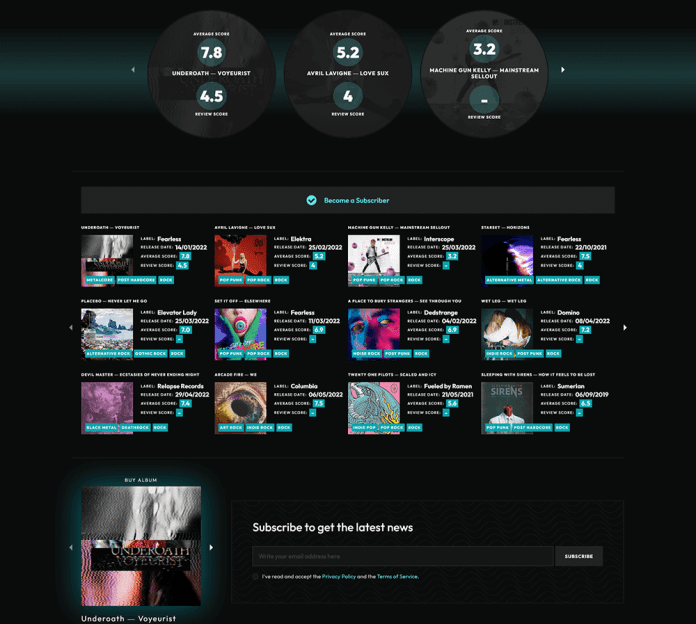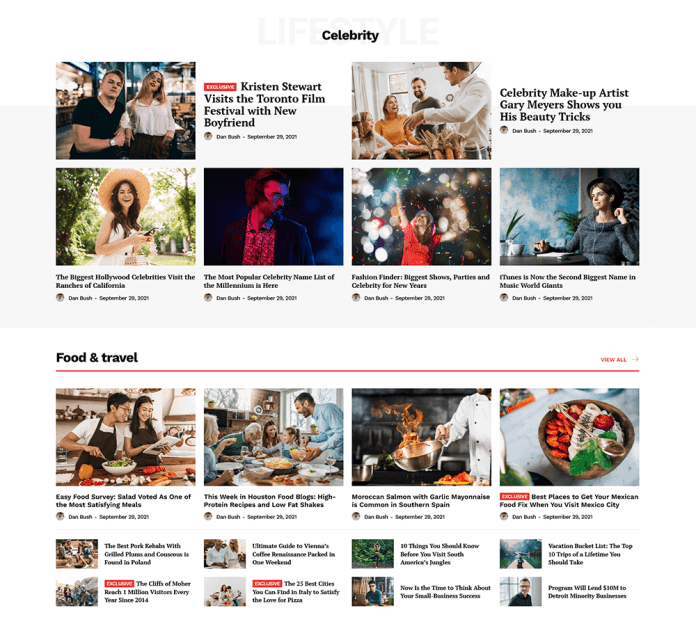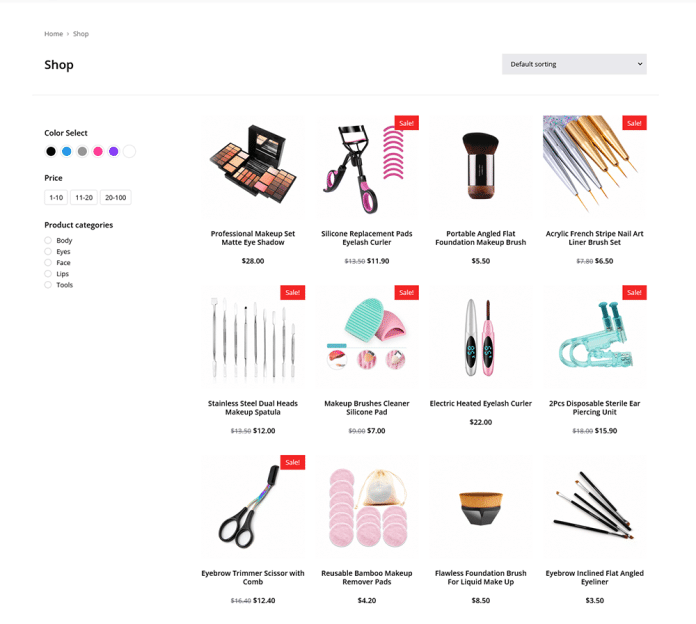Table of Contents
Introduction: Understanding Google Ad Charges
Honestly, Google Ads is one of the most effective advertising platforms which gives an opportunity to target the desired audience. Nevertheless, some marketers have the wrong perception of Google Ad Charges that result in extra costs and low conversion and sometimes complete failure of the ads.
In this article, the reader will learn more about expenses related to Google Ad Charges, how various Google Ads packages influence the cost, Google Ads cost in India, and how an understanding of all these factors will help a Google Ads Specialist minimize costs.
1. Google Ad Charges Are Based on Different Pricing Models
Unlike other forms of advertisement where one is charged a given price when they want their message to go out to the public, Google Ads works under the pay-as-you-go formula. This means that advertisement placement are only possible after an agreement where the user compensate the ad provider when he has been exposed to an advertisement.
1.1 Cost-Per-Click (CPC) – Pay Only for Clicks
Here is the process involved; advertisers post their ads and set bids depending on specific keywords that users interested in those ads choose to click.
- Cost per click average range: $0.01 to $0.50 (depends on the certain industry and competition).
- Suitable for: Companies that need website traffic.
1.2 Cost-Per-Mille (CPM) – Pay Per 1,000 Impressions
The process: It follows the model where the advertiser pays a flat fee for each appearance of the ad a predetermined number of times, without regard to the patronage.
- Typical CPM range: ₹50 – ₹1,000.
- Best for: Brand awareness campaigns.
1.3 Cost-Per-Acquisition (CPA) – Pay for Conversions
PPC’s principle: The advertiser pays based on valued actions only, that is when a specific action is accomplished, for instance making a purchase.
- Quick and average service: starts from ₹100, while the maximum for complicated operations can be up to ₹5000, depending on the sphere of activity.
- It is ideal for businesses that chiefly center of attention to sale and lead generation.
1.4 Cost-Per-View (CPV) – Used for Video Ads
How it works: Advertisers then pay based on each time a user’s eyes are on the video advert for example 30 seconds.
- Typical CPV range: ₹0.50 – ₹5.00.
- Best for: Video marketing campaigns on YouTube.
1.5: Smart Bidding – Artificial Intelligence-based Google Ad Cost
Many of Google’s ad bidding strategies are target cost per acquisition (CPA), target return on ad spend (ROAS), and others, which leverage artificial intelligence for real-time optimization.
Why does it matters?
Smart Bidding enhances the possibility to receive high ROI, though for this it is necessary to have the substantial historical data.
You can spend a greater amount of money on the advertisements without having the corresponding improved performance.
2. The influence of Google Ads Packages to Google Ad charges
Selecting agencies and freelancers to help them create Google Ads packages must be preferred by many advertisers in the region as it is proven convenient. These packages define the amount of money, which will be spent on the advertisements, the fees for the service and, a certain level of customization and management of the whole process. Selecting the right package could enhance the quality of the ads or the amount of money that would be spent during the process.
2.1 Common Google Ads Packages in India2.2 How Google Ads Packages Affect Cost
| Package Type | Cost (₹) | Ad Spend (₹) | Best For |
| Basic Package | ₹5,000 – ₹10,000 | ₹10,000 – ₹50,000 | Small businesses with low budgets |
| Standard Package | ₹15,000 – ₹30,000 | ₹50,000 – ₹2,00,000 | Medium-sized businesses looking to scale |
| Premium Package | ₹50,000+ | ₹2,00,000+ | Enterprises with high ad budgets |
2.2 Effects of Google Ads Packages on Cost
Basic Package:
It often comprises of automated bidding and contracting and only a little flexibility.
Ideally suited to the small business who wants to create some customer recognition on a small budget.
There is a possibility for the publishers to have a lesser control over the targeting and bidding of the intended audience, which might increase the CPC.
Standard Package:
Offers more strategic customization and manual bid adjustments.
This involves constant tracking, the identification of negative keywords, such that they could be filtered out and; A/B testing.
It enlightens businesses to grow based on the better ads targeting and performance that comes with the platform.
Premium Package:
In-depth account management and other professional approaches at reasonable price.
It also involves the use of analytical findings, data of rivals, and approaches towards converting visitors into clients.
Specifically suited for companies with large ad budget that needs professional supervision for enhancing revenue return rates.
2.3 The Role of Agencies in Managing Google Ad Costs
It is also important as agencies have a role of deciding how effectively the ad budget is utilized. Besides, cost factors may consist of:
- Agency Experience: performing a particular type of advert can only be well done by an experienced agency in a bid to minimize the CPCT and maximize the conversion rate out of the spend amount.
- Specialization: Some of the agencies provide flexible services through which companies can achieve the maximum value for their money.
- Ad Cost: Depending on the ad spend, most agencies take percentages of it averaging around 10-20%; hence adding to the total cost.
📌 Top Secret: Google Ads specialist can greatly increase the overall effectiveness, save the budget and prevent wasteful spending if you have a high ad budget.
3. Google Ads Specialist Salary: How It Relates to Google Ad Charges
Google Ads Specialist pay will depend on the experience level of the Specialist and ad spend under their supervision. One can safely assume that people who deal with high-budget accounts have higher earnings than those who do not.
3.1 Salary Breakdown
| Experience Level | Monthly Salary (₹) | Annual Salary (₹) |
| Entry-Level (0-1 year) | ₹20,000 – ₹40,000 | ₹2.4L – ₹4.8L |
| Mid-Level (2-5 years) | ₹50,000 – ₹1,00,000 | ₹6L – ₹12L |
| Senior-Level (5+ years) | ₹1,00,000+ | ₹12L+ |
Budget Transit: As the ad budget size increases, the size of the salaries also increases as it moves up the budget transit.
Accreditations: Google Ads Certifications are essential in extending the value and income of candidates.
Performance bonuses of specialists increase their income in comparison with the positions of officials in Owen’s Mezdra: Various specialists can earn additional income through performance bonuses.
4. Providing Detailed Info about Google Ads Pricing for India
The cost of Google Adwords in India is different, depending on the type of business, the level of competition and advertising goals and targets.
4.1 Industry-Wise CPC Rates
| Industry | Average CPC (₹) |
| E-commerce | ₹5 – ₹25 |
| Real Estate | ₹20 – ₹150 |
| Finance & Insurance | ₹50 – ₹500 |
| Education | ₹10 – ₹100 |
4.2 Location-Based Google Ad Charges
The CPCs in the metros such as Mumbai, Delhi, beef with Bangalore are higher because of competition.
5. How to Reduce Google Ad Charges Without Affecting Performance
Yes, Google Ads can well be expensive if not well controlled but there are various ways that can be used to cut expenses of the ads while at the same time increasing its efficiency. Now, let me further describe each of the strategies that are discussed above.
5.1 Improve Quality Score to Lower Google Ad Charges
In respect to the advertisements, Google assign them a certain Quality Score (QS), ranging from 1 to 10. The higher your QS, the lower your Cost-Per-Click (CPC) and the better your ad rank. Google does this to make sure that the users gets the best quality of ads as per his or her search.
How Quality Score Works:
In this case Google determines the Quality Score in the following manner:
✅ Interaction Rate – The chances of users to click the ad.
✅ Relevance of the advertisement – Your ad must closely relate with what the user is searching for.
✅ Landing Page Customer Journey – whether it is enjoyable and related to the content you offer.
How to Improve Quality Score and Reduce CPC:
✅ Use Highly Relevant Keywords – Align your ads with your audience’s search intent.
✅ Come up with attractive headlines, keeping the keyword in mind.
✅ Optimize Landing Pages – Ensure fast loading speed, mobile-friendliness, and relevant content.
✅ Makes the ad relevant – The higher the CTR, the better the receiver act to Google, which enhances the QS.
✅ Eliminate Slow-Moving Keywords – It is recommended to put any keywords that do not bring in good results on hold.
Example:
It it is advertising a fitness coaching program, don’t target a general term like ‘Weight loss’ but target close-ended more specific phrases like ‘Weight loss programs for women’.
✅ “The service ‘online training for weight loss’
✅ “Best personal trainer for belly fat reduction”
The Quality Score is influenced by relevance meaning that when it is higher, you have to pay less per click.
5.2 Use Negative Keywords to Prevent Wasted Ad Spend
Negative keywords on the other hand assist in avoiding the advertisement placement for certain terms that are not relevant with your business and that will not trigger sales. This is economical since you reduce on the number of people or firms that are likely to come across your adverts.
Why Negative Keywords Matter:
They ignore the unwanted visitors, which helps to save advertisement costs.
It increases your Quality Score, as CTR is one of the factors that are positively affected by using ad extensions.
They increase conversion rates since the audience is always focused only on potential buyers.
How to Find Negative Keywords:
🗸 Google Ads Search Terms Reports – Identify what users type on the search bar looking at the ad.
IDNC – Provide a list of terms that are not important yet exist in the particular business niche.
Checklist: Start by thinking of words that do not align your business plans or goals.
Example:
Used luxury watches: It is important to include these negative keywords for any luxury watch business:
🚫 “cheap watches”
🚫 “free watches”
🚫 “second-hand watches”
🚫 “fake Rolex”
This means your ads will not be seen by people searching for cheap or fake watches thus performs well as it does not end up expending a lot of money.
5.3 A/B Test Ad Creatives for Higher Performance
A/B test the term which refers to split testing involves comparing of two or more adverts in-order to find out the best one.
What You Should A/B Test in Google Ads:
- Ad Headlines: Experiment with different type of advertisements heading and call to action positions.
- The Talent Egg listing Styles: Try out various tones and giving.
- Images (Display & Video Ads): It is recommended to experiment with the use of colors, styles, and the position of the product in the pictures.
- ️ CTA Buttons: Which is better “Shop Now”, “Get Your Discount” or “Try for Free”?
- Landing Pages: Experiment with the design of the landing page, the message, and the call-to-action used.
In this case, together with offering you the means to test out diverse variations of web page layouts and call-to-action placement, A/B testing contributes to lower Google ad charges in the following manner:
Higher CTR → Better Quality Score → Lower CPC.
Higher Conversion Rates → Better ROI on the amount spend on Ads.
Lower Bounce Rates → More engaged users = better ad placement.
Example:
For instance, suppose you are placing an ad for a digital marketing course.
Ad Version A:
“Master Digital Marketing in 30 Days – Enroll Now!”
Ad Version B:
“Become a Digital Marketing Expert – 50% Off Today!”
From the data gathered after the two versions have been active for a week, Ad B although performs worse in terms of CPC, it has a better CTR. This means that you can now pause Ad A but increase more budget on Ad B with a view of cutting costs whilst attempting to get more clicks.
5.4 Optimize Bidding Strategies to Lower Costs
Selecting an appropriate bidding technique for Google Ads plays a crucial role in determining the overall expenditure of your advertisement. This is evidenced by the fact that a good number of marketers make the wrong choice of strategic approach.
Google Ads Bidding Strategies Explained:
1. Manual CPC (Recommended for Control)
had the possibility to set up the Max CPC, which means the maximum amount to pay for a single click.
Best suited to those who like to allocate ad budget on their own.
2. Target CPA (Cost-Per-Acquisition): Cost Per Conversion (Recommended for Conversions)
Google allows setting bids with the goal to get conversions at the desired cost.
Best for lead generation or eCommerce sales.
3. Target ROAS (Return on Ad Spend) (Recommended for Profitability)
Another reason, Google has chosen the metric of highest revenue per spend to optimize for.
Suitable for those sites that sell goods and services as separates products within an eCommerce site range from low-end to high end.
4. Maximize Clicks (Recommended for Traffic)
It is clear that Google is interested in receiving as many clicks as possible for the invested money.
🔹 Best for brand awareness campaigns.
5. Increase Sales (Appropriate for Sales Development)
Google adjusts bids with an aim of getting the greatest number of conversions.
Best for businesses with strong sales funnels.
How Choosing the Right Bidding Strategy Reduces Ad Costs:
Adaptive strategies help to maximize the amazing performance of the advertisement with the minimum amount of money spendings.
The strategies of buying lower number of clicks per cost help avoid paying for a large number of costly keywords.
✅ One good thing about conducting various bid strategies is that you are able to determine which one must seem cheaper.
5.5 Schedule and Geo-Target Ads to Avoid Wasting Budget
Google also provides the feature of placing advertisements at certain times and places to get the right customers at the right time.
How ad scheduling helps to incur less charges on Google ad:
✅ Limit ads to specific times of the day when there’s a high rate of conversion (it is recommended to advertise at a time that more people convert such as 10 AM to 8 PM).
✅ Do not advertise during the time of the week with starting low activity (if it is B2B business, then do not advertise on weekends).
✅ Define narrow a broader target audience to invest more money in the best performing hours, for instance, the midday for restaurant advertisements.
The Advantages of Geo-Targeting to Minimize the Amount of Google Ad Charges
🎯 Particularly if you are only selling a small number of items, it is recommended to focus on popular and profitable cities or countries.
🗙 Do not stake in regions where you have no products or services to offer.
✅ Make bids more or less depending on how well certain regions are performing, such as bidding higher in the metro cities in case they are more effective.
Example:
The following are the recommendations based on the hosts and the ads for a luxury spa in Mumbai:
This means areas not likely to be within the proximity of users frequenting your place of business or an area not likely to visit your physical store.
✅ Optimization of bids in wealthy areas where consumers with the intention of giving a knock out spa session to their bodies reside.
🕹️ Place the ads only between 10 in the morning to 8 in the evening whenever people search for spa services.
This means that there is reduced wastage of money that has been spent on the ads hence increasing the efficiency of the funds utilized and in turn increasing the overall ROI.
Conclusion: Learning and Memorizing Google Ad Charges for Best Results
Improper comprehension of charges ad closed by google is an important factor that hinders the profitability of campaigns. Here’s a quick recap:
✅ Substrate your Google strategy with your desired method, including cost per click (CPC) per thousand impressions (CPM), or cost per acquisition (CPA) ✅ Select the right Google Ads package ✅ Learn how to reduce your CPC by improving your Quality Score ✅ Carry out research about Google Ads pricing in India ✅ Avoid frequent mistakes in the budgeting plan
Frequently Asked Questions
How does Google Ads charge for ads?
Google Ads charges you based on the type of campaign you run. The most common model is **CPC (Cost-Per-Click)**, meaning you only pay when someone actually clicks on your ad. However, if you’re running display or video ads, you might be charged per **impression (CPM)** or **per view (CPV)**. Your budget, bid strategy, and competition in your industry all play a role in the final cost.
When does Google Ads charge me?
Google Ads charges you either **when your balance reaches a certain threshold** or **at the end of your monthly billing cycle**—whichever comes first. If you’re using a prepaid account, you’ll be charged before your ads run. If you’re on postpay billing, Google bills you once you’ve accumulated a set amount of ad spend.
How much does Google charge for ads?
There’s no fixed price! Google Ads works on a bidding system, so the cost varies based on your **industry, competition, and chosen keywords**. Some clicks cost just ₹1, while highly competitive keywords (like finance or legal services) can go over ₹500 per click. You set your own budget, and Google never charges more than your limit.
Can I claim GST charged on Google Ads in India?
Yes, if you have a valid **GSTIN** registered for business purposes, you can claim **Input Tax Credit (ITC)** on the GST charged for Google Ads. Make sure your Google Ads account has your GST details entered correctly, and download the tax invoice from your billing section to file it for GST returns.
Does Google Ads charge for CPC or impressions?
Google Ads offers different billing models depending on your ad type. For **search ads**, you pay per click (CPC). For **display and video ads**, you can be charged per **1,000 impressions (CPM)** or **per video view (CPV)**. You can choose which pricing model suits your campaign goals best.



